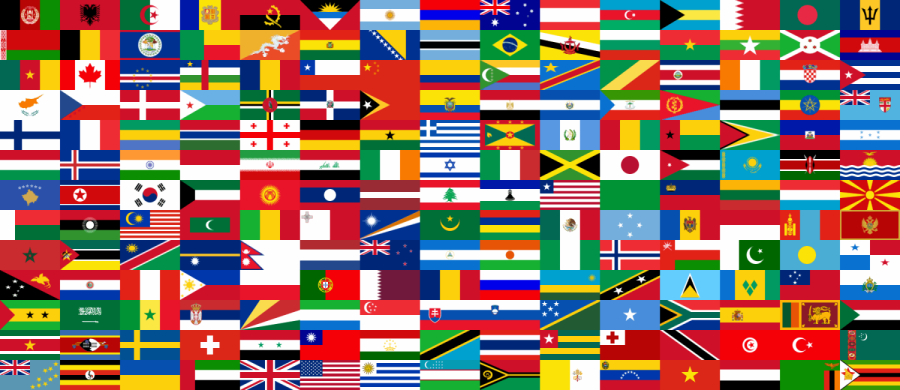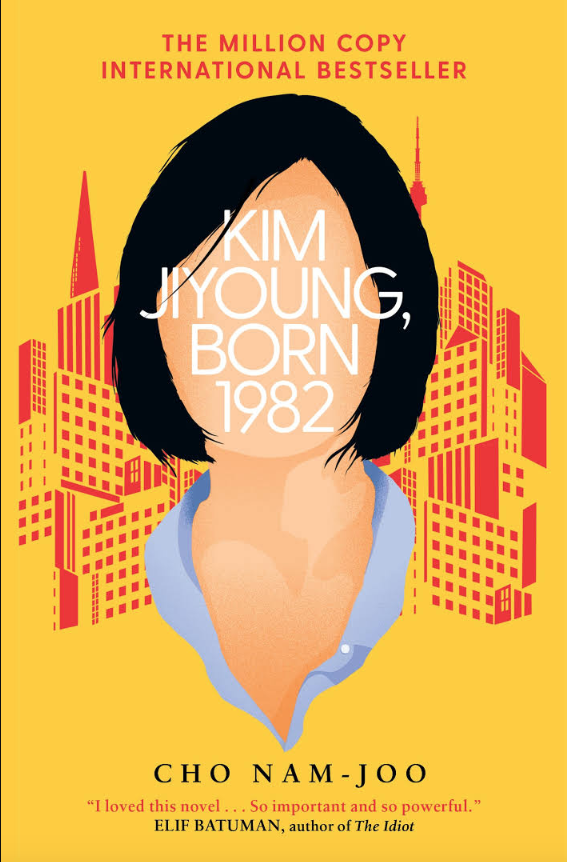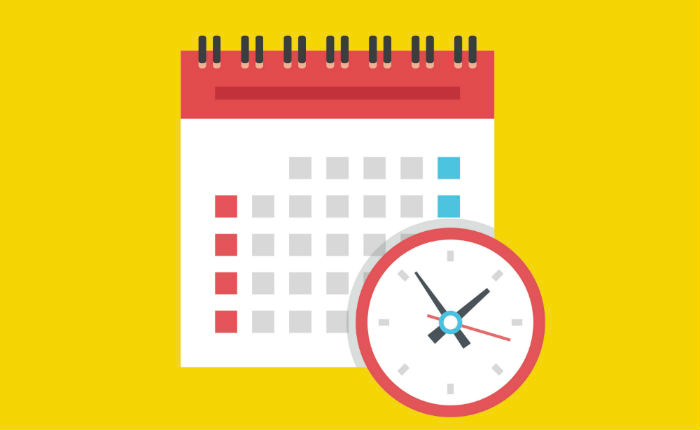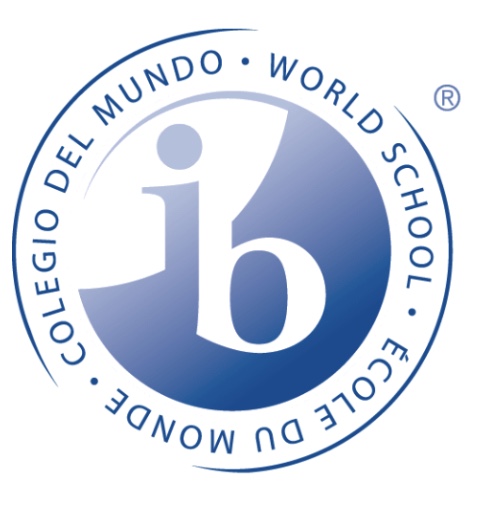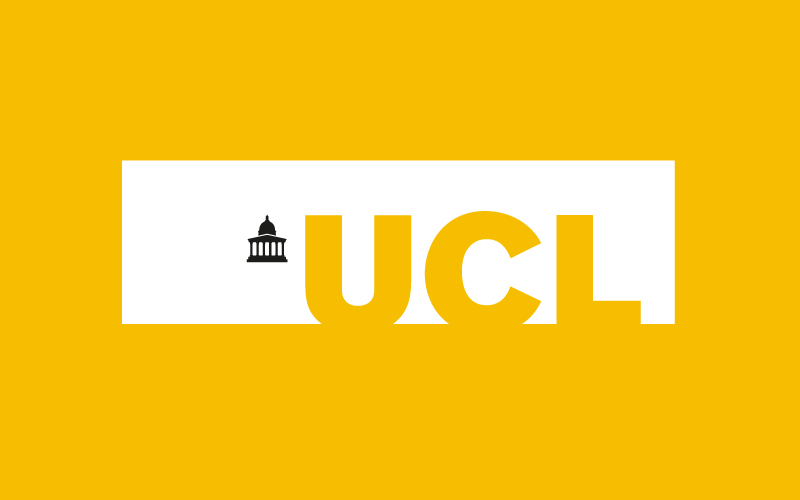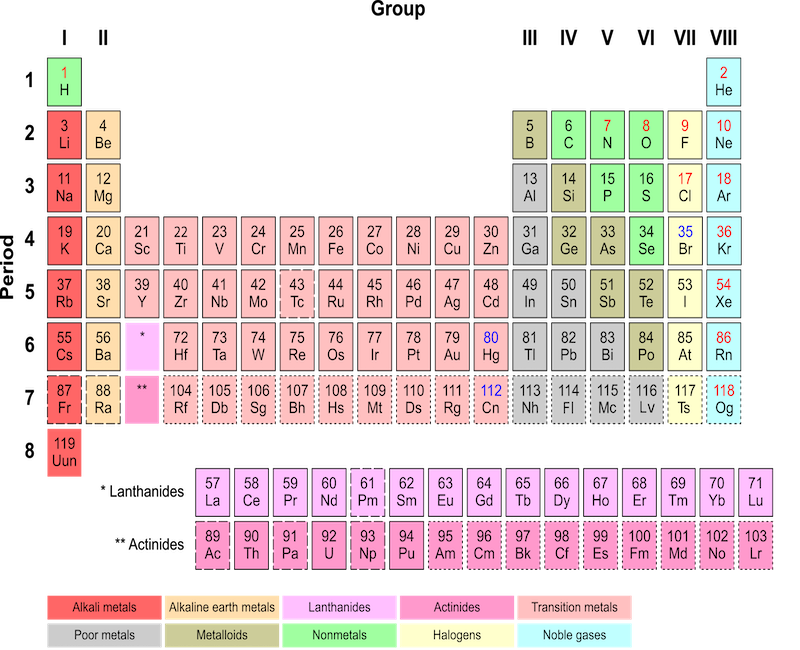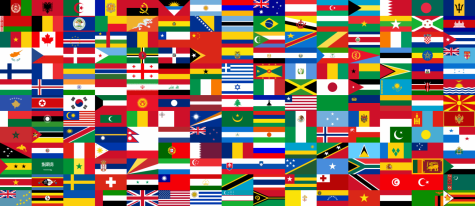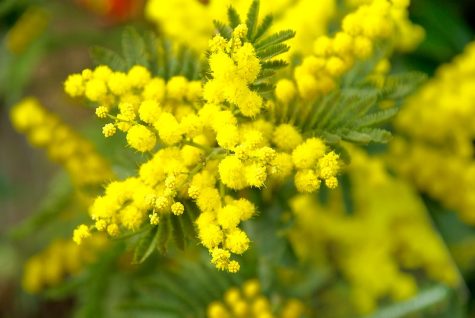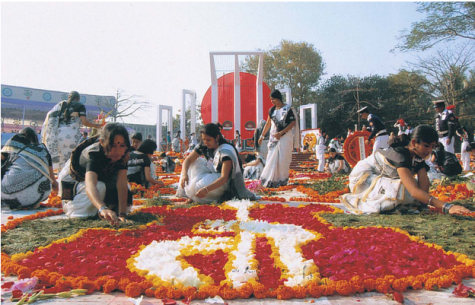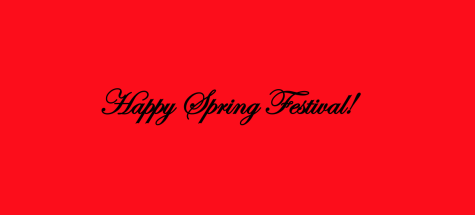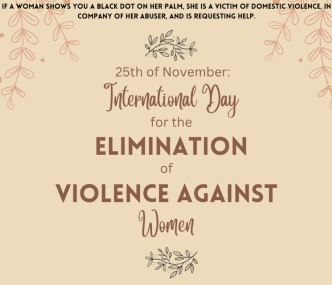It’s The International Year of The Periodic Table
The 20th December 2017, The United Nations General Assembly proclaimed 2019 as the International Year of the Periodic Table, Indigenous Languages and Moderation. Over the coming weeks we will look at all three.
The Periodic Table
This topic was chosen to raise awareness about the periodic table and its applications, some of which are used in chemistry in the research of sustainable energy, education and health.
The periodic table of elements is a tabular display of the chemical elements, which are arranged on the basis of their electron configuration and atomic number. The first example of a periodic table is dated back to 1869, and is attributed to Dmitri Mandeleev. The table is divided into seven rows called periods, and eighteen columns, also called groups. There are 118 elements which are classified in the table, but only the first 94 are discovered in nature. The elements 95 to 118, instead were created in nuclear reactors or synthesized in laboratories.
Whilst it may appear that the periodic table is something that only a few people might find interesting, there are still some facts that might catch your attention.
- Firstly, the International Year of the Periodic Table happens to occur on the 150th anniversary of its creation
- The only letter not in the periodic table is J
- Argentina is named after the element silver, in latin argentium
- Francium is one of the less abundant elements on the Earth, and at any time there are only a few ounces that exist on our planet
- The only two elements that are liquid at room temperature are Bromine and mercury
- Lastly, there is an entire institution dedicated to maintaining the periodic table. It is the International Union of Pure Applied Chemistry (IUPAC)





